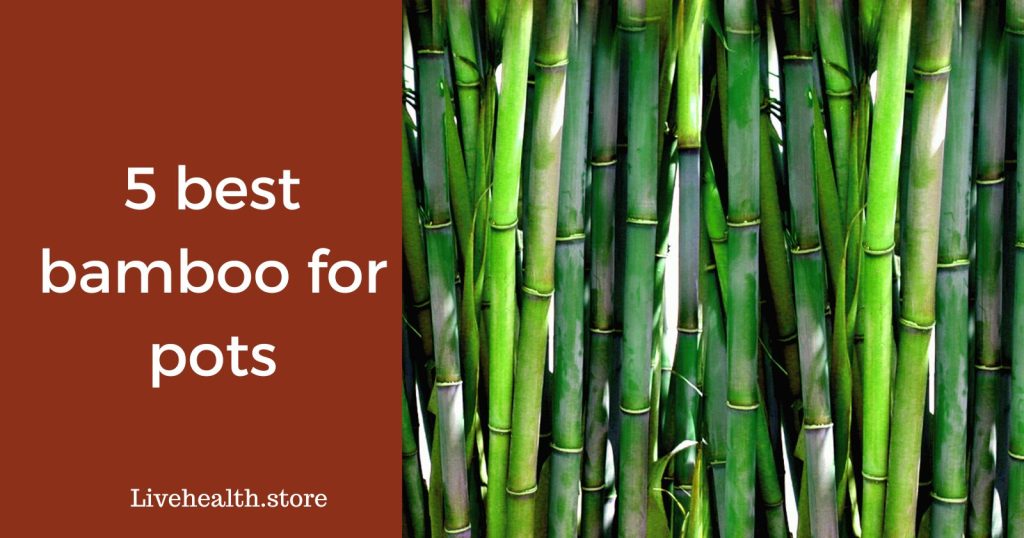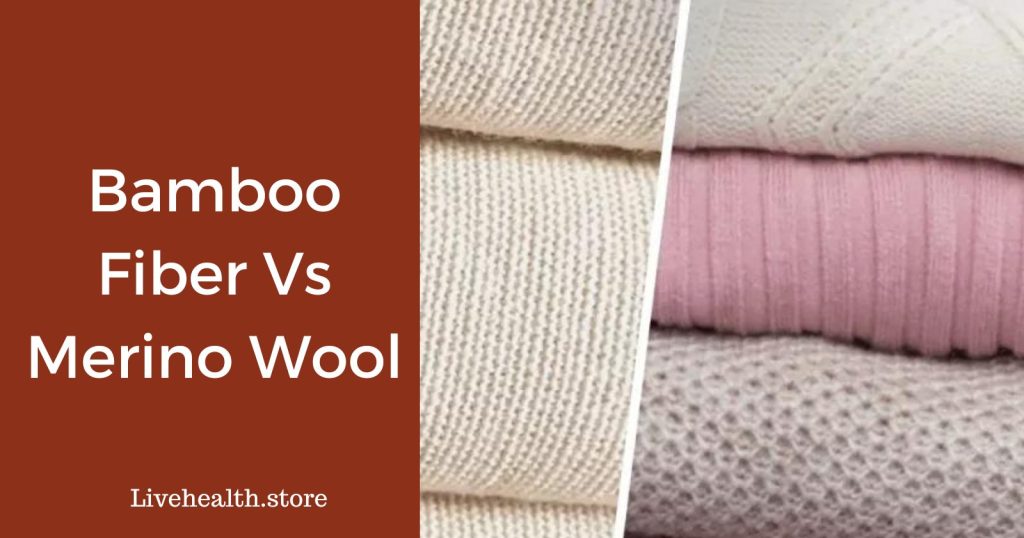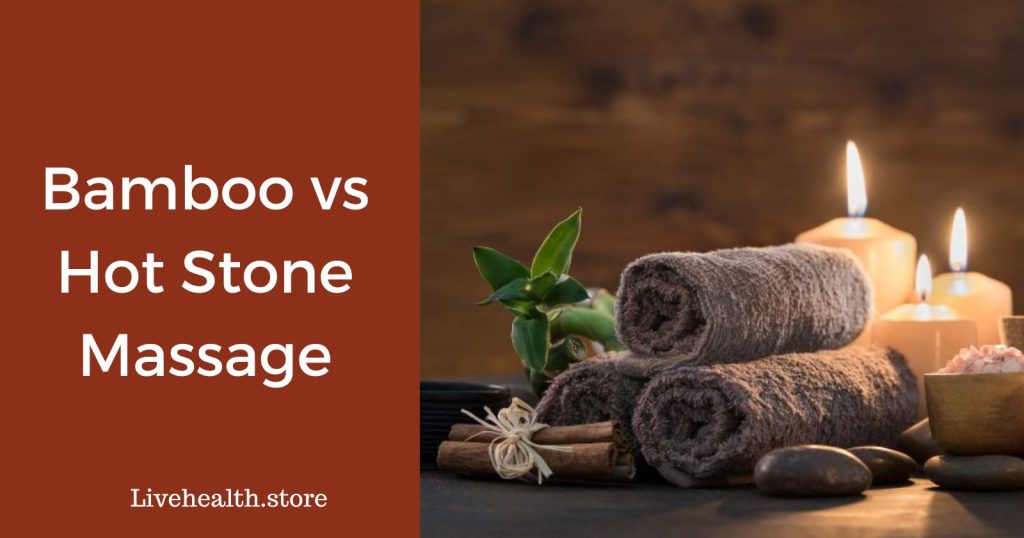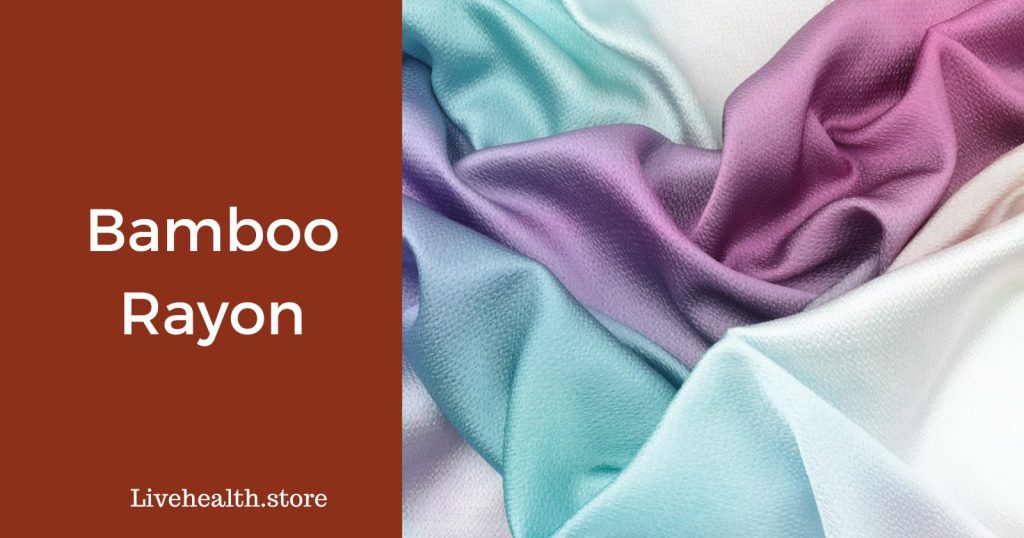Desert Dreaming: Can Bamboo Really Survive There?
Bamboo, a versatile and fast-growing plant, is often associated with tropical and temperate climates. However, it may come as a surprise to many that bamboo can also thrive in desert environments. With the right plant selection and proper care, bamboo can be successfully grown in arid climates.
In this article, we will explore the varieties of bamboo suitable for desert conditions, the challenges of growing bamboo in the desert, and the best practices for cultivating bamboo in arid regions.
Choosing the Right Bamboo for Desert Climates
The key to successfully growing bamboo in the desert lies in selecting the right bamboo variety. Not all bamboo species are suitable for arid climates, so it is essential to choose a type that can withstand the harsh conditions of the desert. Bamboo Ranch in Tucson, Arizona, is a prime example of successful bamboo cultivation in the desert. They have 75 large groves of bamboo that grow abundantly in the desert, ranging from large bamboo plants to groundcover bamboo.
Growing Bamboo in the Desert
Growing bamboo in the desert requires extra attention to watering, soil amendments, and microclimate selection. Here are some tips for successful bamboo cultivation in arid regions:
- Watering: Bamboo roots are shallow, so they can be quickly saturated with a small amount of water. However, establishing bamboo in a desert climate requires lots of water. Keep bamboo well-watered for the first three to four years after planting to develop a robust root system. The soil should not remain wet or soggy. Most experts recommend watering every other day.
- Soil Amendments and Mulch: Soil amendments and mulch can help the roots hold proper water. This is especially important in desert conditions, where the soil may be sandy and less able to retain moisture.
- Microclimate Selection: Choosing a location with a microclimate that provides some shade can be beneficial for bamboo in the desert. Partial shade can help reduce water loss and protect the bamboo from the intense desert sun.
Bamboo in Desert Regions
Bamboo is not typically associated with desert environments, but it can indeed grow in the desert. Many varieties of bamboo can thrive in the blazing heat, and with its shallow but vigorous roots, bamboo requires less water than one might expect.
A healthy bamboo grove can improve the soil, retain moisture, and create better conditions for other plants. It can also attract some desert wildlife. However, it is essential to choose the right bamboo variety for desert conditions and provide it with regular water.
Deserts with Bamboo
Bamboo is primarily found in warm and wet climates, with the most diversity clustered around the equator. However, among the 1,500 bamboo species, some can thrive in snowy winters at higher elevations or latitudes, and others can withstand the desert.
One example of a desert bamboo species is Oxytenanthera abyssinica, which is endemic to sub-Saharan Africa and widespread from Ethiopia to Senegal and South Africa. It is common in the Sahel, a transition zone between the desert and the savannah. This bamboo variety is vital for binding the topsoil, preserving the unique habitat, and thwarting desertification.
Water Supply for Bamboo in the Desert
Bamboo requires regular water, and while it may seem counterintuitive to grow bamboo in the desert, it is possible with proper irrigation. Bamboo's vigorous rhizome root system is shallow, so it only takes a relatively modest amount of water to saturate the roots.
In the desert, bamboo will likely need water every other day to stay green and healthy. However, it does not require deep soaking; a light watering to wet the topsoil is usually sufficient. Recycling household gray water into the garden is an excellent way to ensure that bamboo gets enough water.
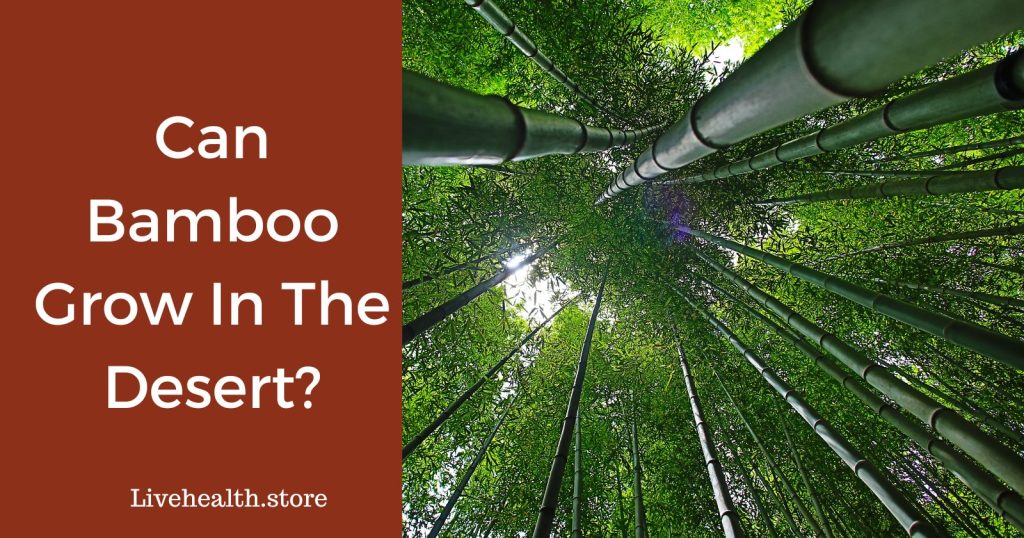
Bamboo Species for the Desert
If you live in the desert and want to grow bamboo, consider the following species:
- Bambusa blumeana (Thorny Bamboo): Extremely drought-tolerant, produces great quantities of biomass, and is used for conservation efforts against desert encroachment.
- Bambusa oldhamii: A popular ornamental species that can reach about 60 feet tall with 4-inch diameter culms. Thick culm walls make it suitable for construction.
- Bambusa vulgaris 'Vittata': An attractive species with yellow culms and irregular green stripes. Poles can grow to about 30–40 feet tall and up to 3 or 4 inches wide.
- Bambusa multiplex 'Alphonse Karr': An ornamental species with bright yellow canes and green striping. Dense clumps get 20–30 feet high with slender poles about 1 inch thick.
- Dendrocalamus strictus: A giant timber bamboo native to Southeast Asia, suitable for warm weather.
- Otatea acuminata (Mexican Weeping Bamboo): Native to Mexico, this species grows in dense clumps with slender culms and delicate foliage. Many Otatea varieties are drought-tolerant.
- Phyllostachys mannii 'Decora': A running bamboo native to southern China and India, accustomed to hot weather and requiring little water.
- Phyllostachys vivax: A temperate timber bamboo resilient to extreme heat and a limited water supply.
Bamboo as a Desert Oasis
Bamboo can be a practical and beneficial plant in a desert landscape. By creating shade, holding the topsoil together, and providing shelter from dry winds, bamboo can transform a barren desert into a beautiful oasis. It may take a couple of years to establish, but once it's thriving, you can enjoy a lush and green desert retreat.
Hi there, I’m Sam Billings, and I’m all about sustainability. Running a printing business is my thing, but my real passion is preserving nature. That’s why I run the Live Health blog, where I focus on Bamboo plants and their eco-friendly goodness.


